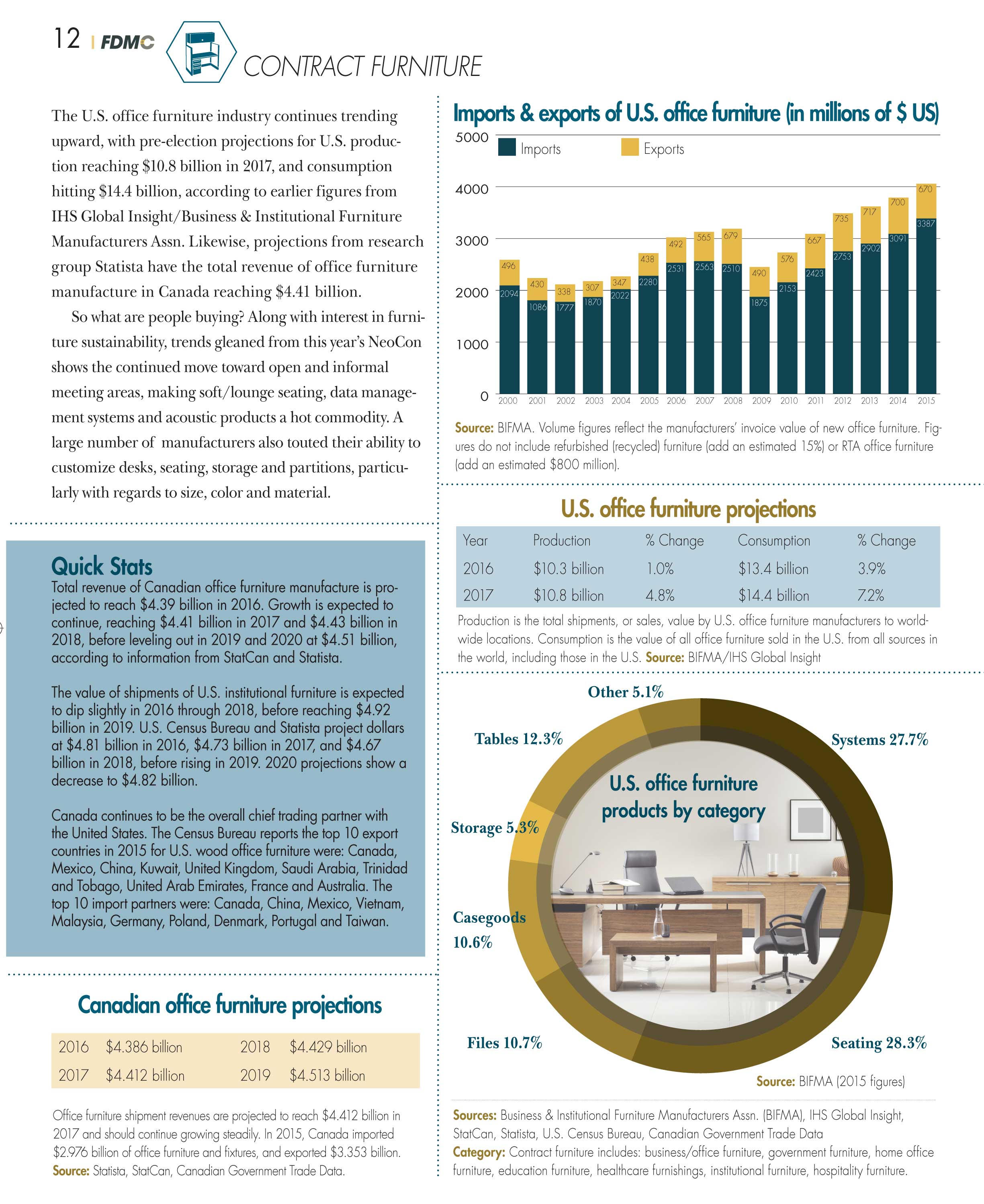Extensive Overview To Repairing Classic Cabinets
Extensive Overview To Repairing Classic Cabinets
Blog Article
Web Content Writer-Arildsen Cantu
To begin the trip of recovering antique cabinets, you need a keen eye for information. Picture discovering covert tricks within each layer of history ingrained in the wood. Photo the satisfaction of restoring a once-forgotten item to its previous splendor. Every step of this precise process holds the essential to protecting the past while producing a future heirloom. So, are you all set to start this transformative venture and unlock the potential of your antique cabinets?
Examining the Cupboard's Problem
When beginning the restoration process, start by analyzing the problem of the antique cabinet. Carefully check out the total structure for any signs of damages such as splits, chips, or loosened joints. Examine the timber for any kind of rot, bending, or insect invasion that might have occurred in time. It's vital to figure out the degree of the remediation required prior to continuing even more.
Next off, evaluate the cabinet's hardware such as joints, knobs, and locks. Make note of any kind of missing items or components that need repair service or substitute. Make certain that all hardware is working properly and firmly attached to the closet.
Additionally, evaluate the cupboard's coating. Search for any kind of scrapes, discolorations, or discoloration that may impact the aesthetic charm. Figure out if the coating requires to be stripped and reapplied or if a basic touch-up will be adequate.
Gathering the Needed Devices and Products
After assessing the condition of the antique cupboard, the following step is to gather the required devices and products for the reconstruction procedure. Before you begin, guarantee you have the complying with items handy:
- wood cleaner
- sandpaper in various grits
- timber filler
- paint or wood tarnish
- brushes
- gloves
- safety goggles
- a dust mask
- a ground cloth
- a putty knife
- a hammer
- a screwdriver
- a vacuum
These tools and products are necessary for a successful repair.
Timber cleaner is essential for eliminating years of dust and grime buildup, preparing the surface area for fining sand. https://loweskitchenremodelingser75320.ziblogs.com/27906942/engaging-the-services-of-a-specialized-cabinet-maker-can-assist-you-create-a-personalized-oasis-within-your-own-home-where-every-intricate-information-is-thoughtfully-made of different grits assists in raveling flaws and preparing the timber for a new finish. https://www.jsonline.com/story/money/business/2018/05/18/home-makeover-ideas-nari-milwaukee-tour-remodeled-homes/623854002/ comes in handy for repairing any type of cracks, holes, or dents existing in the closet.
Repaint or timber tarnish, together with brushes, enable you to customize the cupboard to your choice. Keep in mind to put on gloves, safety and security goggles, and a dust mask for defense. Lay down a ground cloth to protect your workspace, and make use of a hoover to tidy up any particles.
With these devices and materials collected, you prepare to begin the remediation process.
Performing the Reconstruction Process
To successfully implement the restoration procedure on your antique closet, start by completely cleansing the surface area with the timber cleaner. This step is essential as it helps eliminate years of dust, crud, and old polish that might have built up externally.
Once the cupboard is tidy and completely dry, examine the condition of the wood. Search for any type of fractures, scrapes, or various other damages that require to be addressed. Usage timber filler to repair any kind of imperfections, seeing to it to match the filler shade to the timber tone for a smooth surface.
After the repair work have actually dried out, delicately sand the entire surface area to develop a smooth and even base for the new coating. Take care not to sand also boldy, as you do not intend to harm the timber beneath.
When the sanding is total, apply a wood discolor or complete of your choice, following the maker's instructions. Allow the surface to dry entirely before using a protective top layer to ensure the durability of your recovered antique cupboard.
Final thought
Now that you have completed the repair process, your antique cabinet looks as good as new.
By following the step-by-step overview, you were able to examine, repair, and improve its problem easily.
With a fresh surface and protective top coat, your treasured item will continue to beam for several years to find.
Delight in the appeal of your brought back antique closet!
